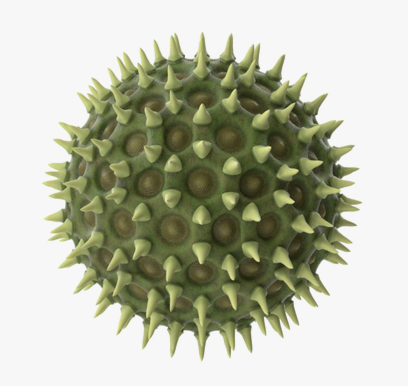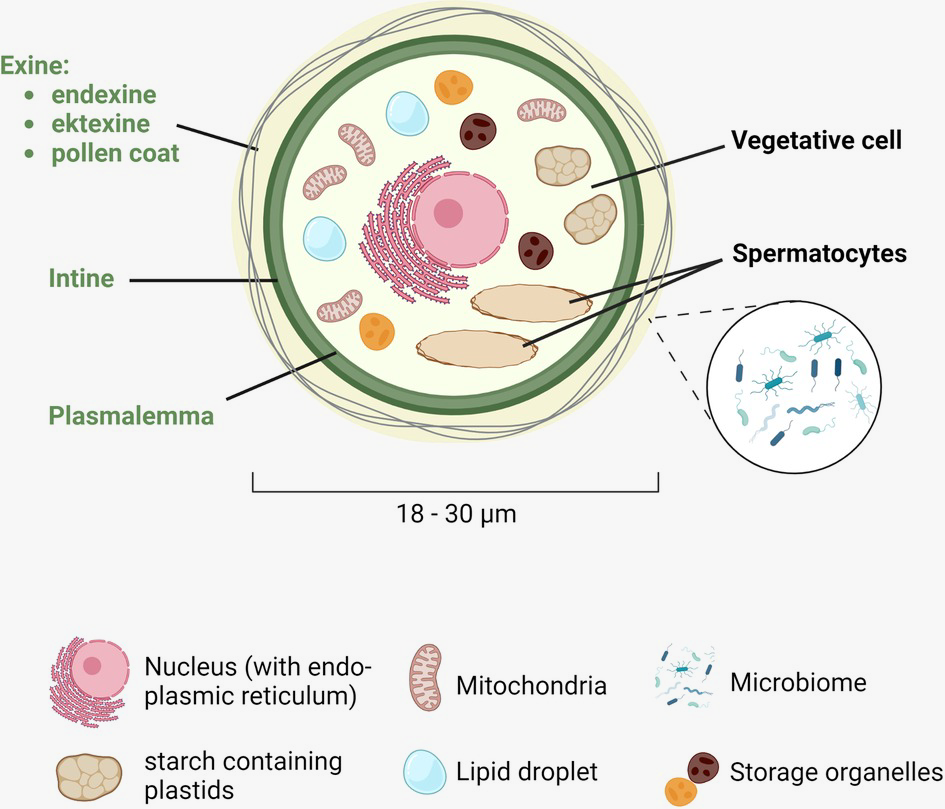
Allergies are one of life's cruelest ironies. They come uninvited, turn the simplest joys into misery, and refuse to leave. For me, it's pollen, those tiny grains that transform the beauty of spring into a personal torment. The sneezing begins almost as soon as I step outside, a cascade of uncontrollable explosions that leave my nose raw and my throat aching. The itching is relentless, as though an army of invisible invaders has taken up residence in my sinuses. And the congestion? It's as if someone has replaced my head with a tightly packed balloon, squeezing every ounce of comfort out of my existence.
When spring arrives, so does the dread. The warmth and sunshine lure everyone outdoors, but for me, it's a season of survival. Every trip outside is a calculated risk. Do I have tissues? Antihistamines? An escape plan if things get unbearable? Pollen doesn't just inconvenience me it dictates my life.
One particular day, the frustration reached its peak. I was sitting in the library, trying to focus despite my watery eyes and the near-constant stream of sneezes. It was impossible to concentrate on anything. My allergies didn't care that I needed quiet, that I wanted to learn, or that I was surrounded by people who likely wished I'd just go home. All I could do was soldier on, stuffing my face with tissues and trying not to feel completely defeated.
Then the librarian introduced the Capstone Project, an opportunity for self-directed research. Her words pierced through my allergy-induced haze. The idea of staying indoors, away from the pollen-soaked outdoors, sounded like the only refuge I had left. In a fit of desperation, I signed up.
And this is where it led me.
Pollen is a fine, powdery substance consisting of microscopic grains produced by the male structures of seed-bearing plants. It serves a critical role in plant reproduction, facilitating the transfer of genetic material required for the fertilization of female ovules. Beyond its biological significance, pollen impacts ecosystems, agriculture, and human health in profound ways.
Pollen grains are microscopic, with sizes ranging from 10 to 200 micrometers. Each grain is composed of three main parts:

Pollen is produced in the anthers of flowering plants or the male cones of gymnosperms. It plays a central role in the reproductive cycle by enabling pollination process through which pollen is transferred to the female reproductive organs of a plant, often leading to fertilization and seed production.
Pollen can be transferred in several ways, depending on the plant species:
Pollen supports biodiversity by ensuring the reproduction of plants, which form the foundation of most ecosystems. It provides food for many organisms, including bees, which consume it as a protein source. Pollen also influences food security by enabling the pollination of crops like fruits, vegetables, and grains.
While essential to plant reproduction, pollen can negatively affect human health. Many people experience allergies caused by inhaling airborne pollen from trees, grasses, and weeds. This condition, known as hay fever or allergic rhinitis, results in symptoms like sneezing, nasal congestion, itchy eyes, and respiratory issues.
Pollen grains are also used in forensic science, paleoclimatology, and archaeology to study historical environments and human activity. By analyzing fossilized pollen, scientists can reconstruct past climates and vegetation patterns, providing valuable insights into ecological and evolutionary history.